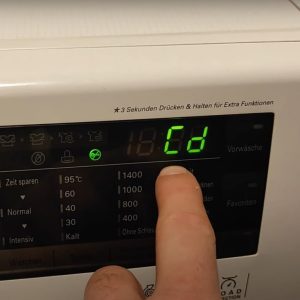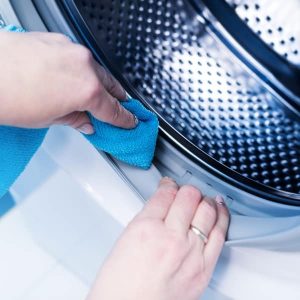Fabric Softener Loading: No Dispenser, No Problem!
Introduction
Navigating the world of laundry care can often seem daunting. From sorting colors to choosing the right detergent, every step can impact the quality and longevity of our clothes. One important aspect of this process is understanding when and where to add fabric softener, especially if our washing machine lacks a designated dispenser. But fret not; implementing fabric softener correctly can be effortless and offers several advantages, such as enhanced softness and a lingering fresh scent. In this comprehensive guide, we will delve into the various benefits of fabric softener, provide practical advice on its usage, offer alternative methods for those without a dispenser, and share essential tips for sensitive skin care. Let’s tackle common problems, such as stains or a clogged dispenser, and answer frequently asked questions. You’ll be mastering the art of using fabric softener, dispenser or not, in no time.
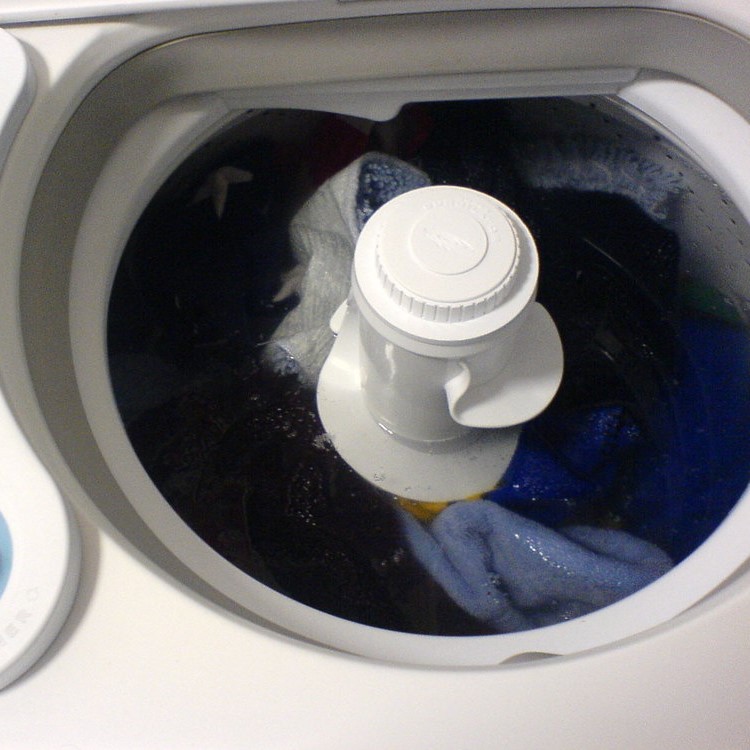
Benefits of Using Fabric Softener
Incorporating fabric softener into your laundry routine has numerous positive effects. It’s more than just a laundry additive; it’s a way to enhance the overall condition of your clothing. Let’s explore the key benefits.
Freshness and Softness for Clothes
Using fabric softener leaves your clothes feeling soft and pleasant to the touch. The softener coats the fibers of your fabric, reducing friction and giving a comfortable feel. With each wash, your clothes emerge with a fresh scent that can last for days. This is especially beneficial for bed linens and towels, making them feel cozy and welcoming.
Protection Against Wear and Tear
Fabric softeners do more than just make your clothes smell good. They also play a protective role. By lubricating the fibers, softeners help your clothes endure the stress of washing and drying cycles. This means your favorite outfits can retain their shape and texture for longer, preventing them from looking worn out. In addition, fabric softeners can help reduce static cling, making your garments easier to manage after a spin in the dryer.
When and How to Use Fabric Softener
Understanding the Right Times to Use Fabric Softener
Using fabric softener effectively involves knowing the best times for application. Generally, it is most beneficial during the rinse cycle of your washing machine. This timing ensures that the fabric softener distributes evenly without interfering with the detergent. Not only does this help maintain the cleanliness of your clothes, but it also maximizes the softening effect. Remember not to use fabric softener every time – especially with towels as it can reduce their absorbency over time.
For clothes that are prone to static cling or those made with delicate fibers, adding fabric softener can be particularly advantageous. It helps reduce static and maintain the integrity of delicate garments. However, for highly absorbent fabrics like towels or microfiber cloths, it’s advisable to limit the use of fabric softener.
Dos and Don’ts of Fabric Softener Application
When using fabric softener, there are several important guidelines to follow:
- Do follow the recommended amount: Always adhere to the instructions on the fabric softener label to avoid overuse, which can leave clothes feeling greasy or overly perfumed.
- Don’t apply fabric softener directly to clothes: Pour the fabric softener into the specified compartment in your washing machine. Direct contact could result in stains and spots on your garments.
- Do dilute the softener if required: If you’re worried about the strong scent or potential residue, consider diluting the fabric softener with water before adding it to the machine.
- Don’t use on all fabric types: Avoid using fabric softener on sportswear and other fabrics designed to absorb moisture. It can affect their functionality.
By adhering to these tips, you can ensure you use fabric softener safely and efficiently, enhancing your laundry while protecting your clothes.
Alternative Methods for Adding Fabric Softener
For those without a dispenser, fret not. There are still efficient ways to incorporate fabric softener into your laundry routine.
Using the Lid for Fabric Softener Distribution
If your washing machine lacks a built-in dispenser, using the lid of the fabric softener bottle can be a practical alternative. Here’s how to do it:
- Fill the lid with the recommended amount of fabric softener.
- Place the lid securely in the drum of your washing machine.
- Start your wash cycle. The movement of the drum will ensure the softener evenly distributes during the rinse cycle.
This method helps to prevent direct contact with clothes, reducing the risk of stains.
Hand Washing with Fabric Softener
Fabric softener isn’t just for machine washing. Hand washing your clothes with fabric softener is simple:
- Add a tablespoon of fabric softener to a cup of water.
- Mix the solution in a basin or sink.
- Submerge your clothes and gently wash as usual.
Remember, don’t pour fabric softener directly on the clothes to avoid spotting. This method is especially useful for delicate items that require hand washing.
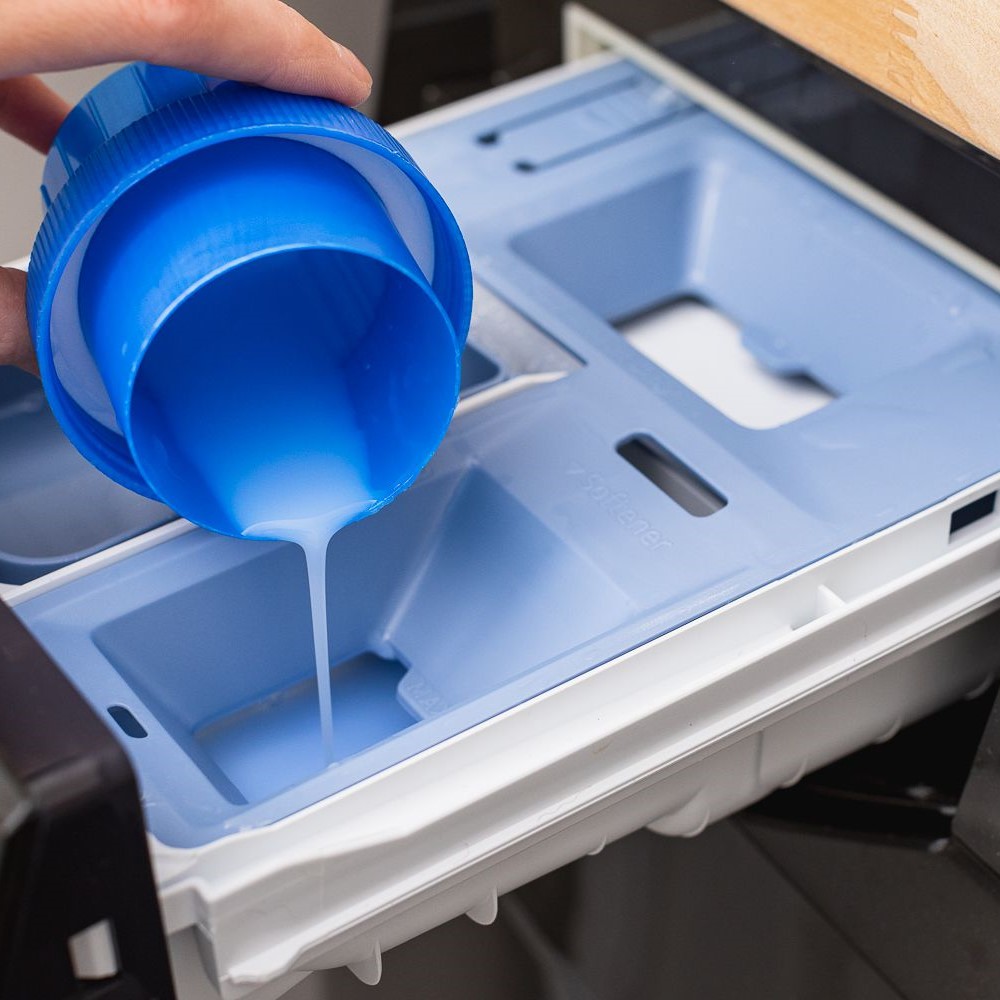 Caring for Sensitive Skin
Caring for Sensitive Skin
Caring for sensitive skin in the laundry process requires special attention. When using fabric softener, it’s crucial to choose products that are gentle on the skin and to apply proper washing techniques that avoid irritation.
Choosing the Right Fabric Softener
For those with sensitive skin, picking the right fabric softener is essential. Here are some key guidelines:
- Opt for hypoallergenic fabric softeners: These are specially formulated to be gentle and are less likely to cause skin reactions.
- Look for fragrance-free options: Perfumes in fabric softeners can irritate sensitive skin, so unscented versions are preferable.
- Choose softeners with natural ingredients: Products with fewer chemicals and more natural compositions are often softer on the skin.
Proper Washing Techniques
Using fabric softener correctly can further reduce the risk of irritating sensitive skin. Follow these tips:
- Dilute the fabric softener: Mix it with water before adding it to the laundry. This helps reduce its concentration and minimizes skin contact.
- Avoid direct contact with clothes: Do not pour fabric softener directly onto your laundry. Instead, add it to the designated compartment or dilute it as previously mentioned.
- Perform extra rinses if necessary: If sensitive skin is a major concern, consider setting the washing machine for an additional rinse cycle to remove any fabric softener residues.
By selecting the appropriate fabric softener and employing careful washing techniques, individuals with sensitive skin can enjoy the benefits of softer clothes without discomfort.
Troubleshooting Common Issues
In the realm of laundry care, using fabric softener can sometimes lead to minor complications. Addressing these issues promptly ensures your laundry process remains effective and efficient. This section will cover some of the basic troubleshooting methods for common problems like clogged dispensers and fabric softener stains.
Dealing with a Clogged Dispenser
A clogged fabric softener dispenser can impair the performance of your washing machine. Here’s how you can resolve this issue:
- Check and clean regularly: Inspect your dispenser after every few washes. Remove any fabric softener residue with warm water and a small brush or cloth.
- Use the right amount: Always follow the guidance on the fabric softener bottle. Using too much can lead to build-ups that clog the dispenser.
- Perform a deep clean: If simple cleaning doesn’t work, use a mixture of hot water and vinegar to soak the dispenser components. Rinse thoroughly afterwards.
Handling Fabric Softener Stains
Sometimes, fabric softener can leave stains on your clothes, particularly if it comes into direct contact with the fabric. Here is how to tackle this:
- Avoid direct pouring: Never pour fabric softener directly onto clothes. Use the designated compartment or dilute it as previously discussed.
- Treat stains immediately: If you notice a stain, soak the affected garment in warm water with a mild detergent for a few hours, then wash it as usual.
- Pre-wash check: Before adding fabric softener, ensure the dispenser isn’t blocked and there are no remnants from the previous wash.
Resolving these issues will help maintain the effectiveness of your fabric softener, ensuring clothes come out of the wash soft, fresh, and clean.
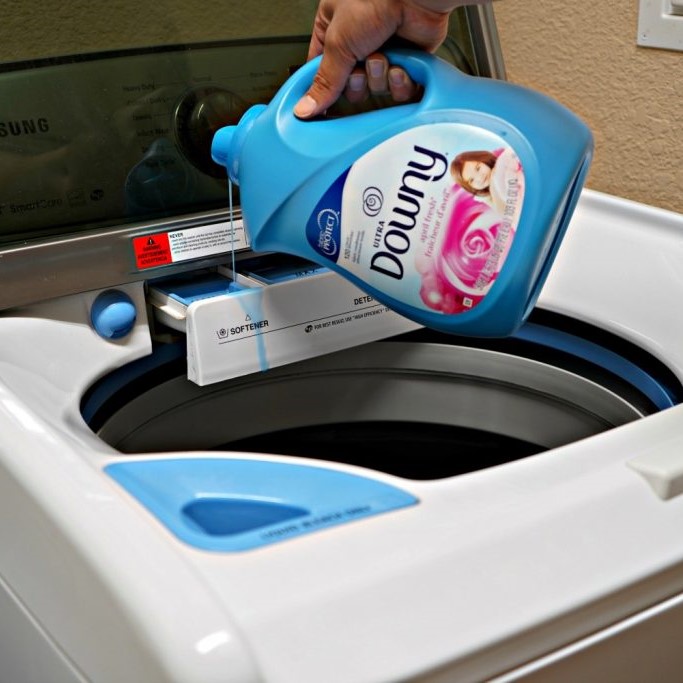 Frequently Asked Questions
Frequently Asked Questions
Addressing Fabric Softener Myths and Queries
When navigating the realm of laundry care, questions and misconceptions about fabric softener abound. Here we clear up some common doubts and provide accurate information to enhance your laundry routine.
- Can fabric softener clean clothes? Fabric softener does not clean; it conditions. It enhances softness and fragrance but does not remove dirt or stains.
- Is it OK to leave clothes in fabric softener overnight? No. Extended exposure to fabric softener might stain your clothes. Always follow the recommended soak time.
- Can fabric softener be used in hand washing? Yes, you can use fabric softener in hand washing. Dilute a tablespoon in a cup of water before adding clothes.
- Is there a fix if fabric softener doesn’t drain properly after washing? Often, a clogged dispenser is to blame. Clean the dispenser regularly to prevent this issue.
- Can I use fabric softener without a dispenser? Absolutely. Place the recommended amount in a washing machine drum using a softener lid during the rinse cycle.
These answers should help dispel myths and clarify how to use fabric softener effectively, whether you have a dispenser or not.
